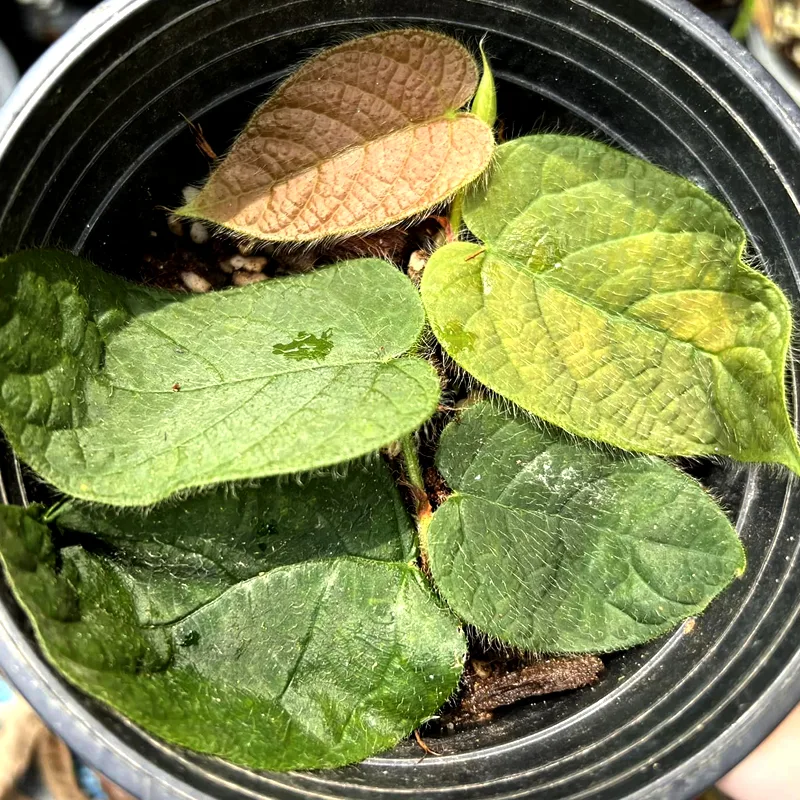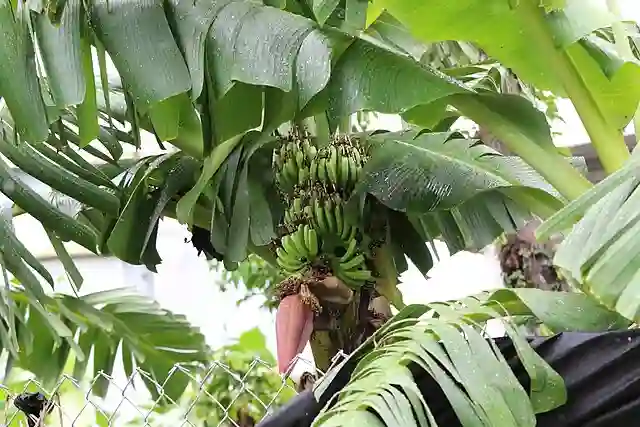Exploring the Datiscaceae Family: A Dive into Datisca
As a plant enthusiast, I’ve always been fascinated by the diversity of plant families. One that recently caught my attention is the Datiscaceae family, particularly the genus Datisca. This family is relatively obscure but holds unique characteristics that make it a compelling subject of study. Let me take you on a journey through this family, sharing insights I’ve gathered along the way.
Understanding the Datiscaceae Family
The Datiscaceae family is a small group of flowering plants primarily known for its unique attributes. This family contains just a couple of genera, with Datisca being the most notable. Native to regions in North America and Asia, the plants in this family exhibit a variety of forms, from herbaceous perennials to shrubs.
The most recognized species within this genus is Datisca cannabina, often referred to as the hemp plant. Its appearance is striking; the leaves are lobed and resemble those of cannabis, which adds an extra layer of interest for many enthusiasts. I remember my first encounter with this plant; its lush greenery was captivating, and it sparked my curiosity about its characteristics and uses.
The Genera: Datisca
Characteristics of Datisca
Plants from the genus Datisca are perennial herbs or small shrubs, typically reaching heights of 1 to 3 meters. They feature broad, palmate leaves that provide a striking visual appeal. The flowers, which bloom in the summer, are often yellow or greenish and are arranged in panicles. Their unique structure allows for effective pollination, attracting various pollinators such as bees and butterflies.
In my garden, I’ve noticed how the flowers serve as a magnet for pollinators. Watching bees flit from flower to flower has made me appreciate the ecological role of Datisca species. Beyond aesthetics, this genus contributes to local biodiversity, supporting a range of wildlife.
Habitat and Distribution
Datisca species thrive in a variety of habitats. They are often found in temperate regions with well-drained soils, which makes them relatively adaptable. I’ve had success cultivating them in my garden, even in less-than-ideal soil conditions, proving their resilience.
Their natural distribution ranges from the western parts of North America to regions in Asia, particularly in China. This geographical range suggests that Datisca species can adapt to various climates, from arid to temperate environments.
Cultivation and Care
Growing Datisca in Your Garden
If you’re interested in adding Datisca to your garden, it’s essential to understand their care requirements. These plants prefer full sun to partial shade and well-drained soil. When I first planted Datisca cannabina, I made sure to place it in an area where it could receive ample sunlight, resulting in robust growth.
Watering is crucial, especially during the initial establishment phase. I typically water them regularly, allowing the soil to dry slightly between waterings. This practice helps prevent root rot, a common issue with many perennial plants. Fertilizing with a balanced, slow-release fertilizer in spring encourages healthy growth and vibrant blooms.
Pests and Diseases
While Datisca plants are generally hardy, they can be susceptible to pests like aphids and spider mites. I’ve found that regularly inspecting my plants helps catch any infestations early. Neem oil or insecticidal soap can effectively manage these pests, allowing me to keep my plants healthy without harsh chemicals.
Diseases are less common, but issues like powdery mildew can occur, especially in humid conditions. Proper spacing between plants promotes airflow, which is vital in preventing this issue.
Uses of Datisca
Ecological Benefits
Beyond their ornamental appeal, Datisca species have ecological significance. They provide habitat and food for various wildlife, including pollinators and small mammals. This attribute makes them valuable in promoting biodiversity in gardens and natural landscapes.
Medicinal and Practical Applications
Interestingly, Datisca cannabina has been historically used for its fibers, similar to hemp. While I haven’t ventured into fiber production, it’s intriguing to think about the potential uses of this plant beyond ornamental gardening.
Conclusion
My exploration of the Datiscaceae family, particularly the Datisca genus, has enriched my understanding of plant diversity and its ecological significance. These plants, while not mainstream, offer incredible beauty and benefits. Whether you’re looking to attract pollinators or simply enhance your garden’s aesthetic, Datisca species deserve a spot in your horticultural endeavors. I encourage you to consider this unique genus in your gardening journey; you may find it as rewarding as I have.
If i die, water my plants!



